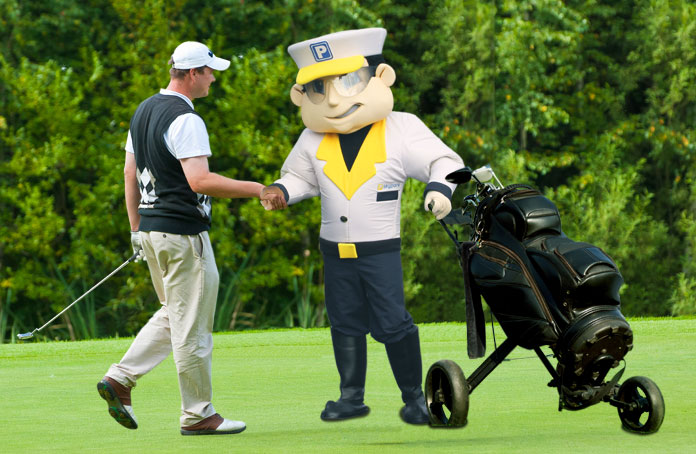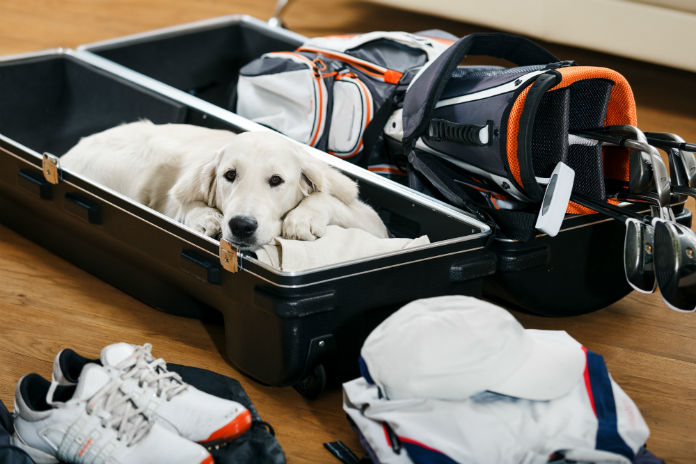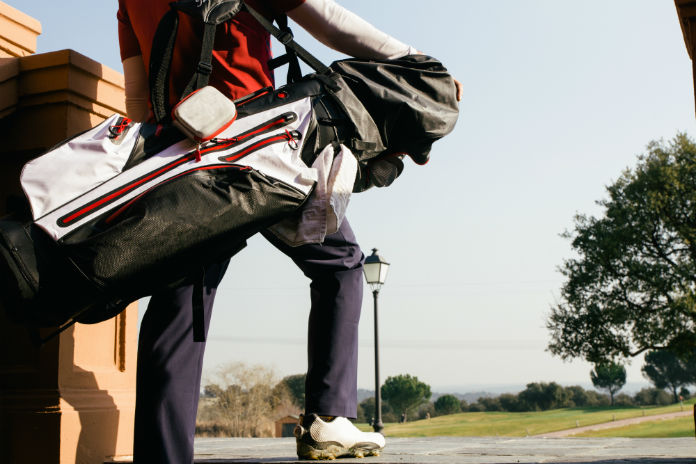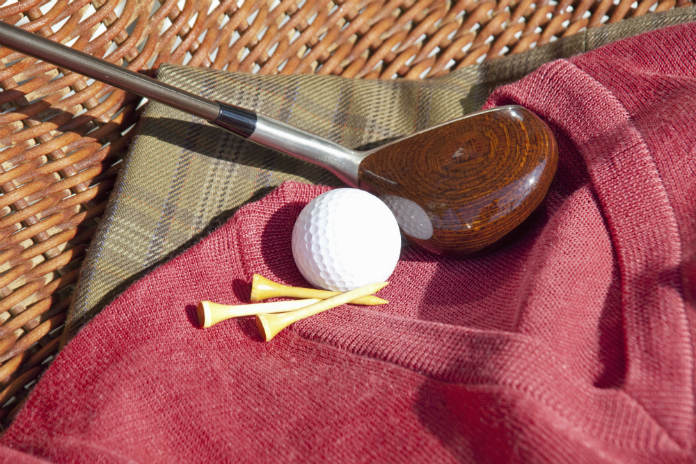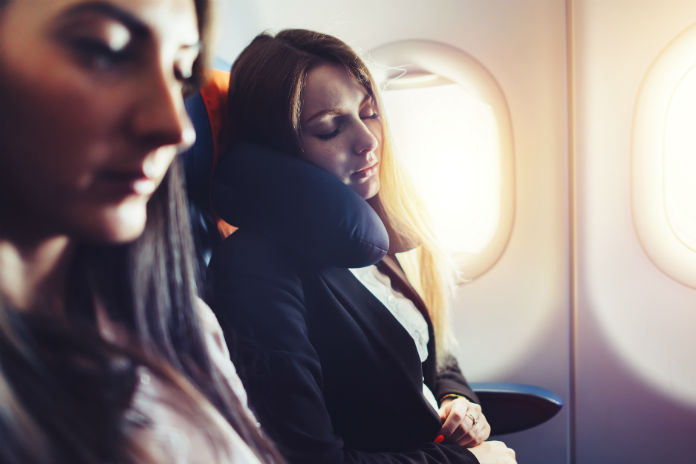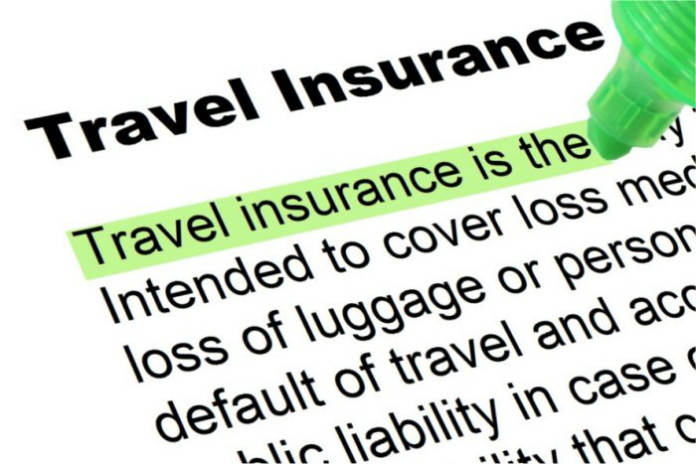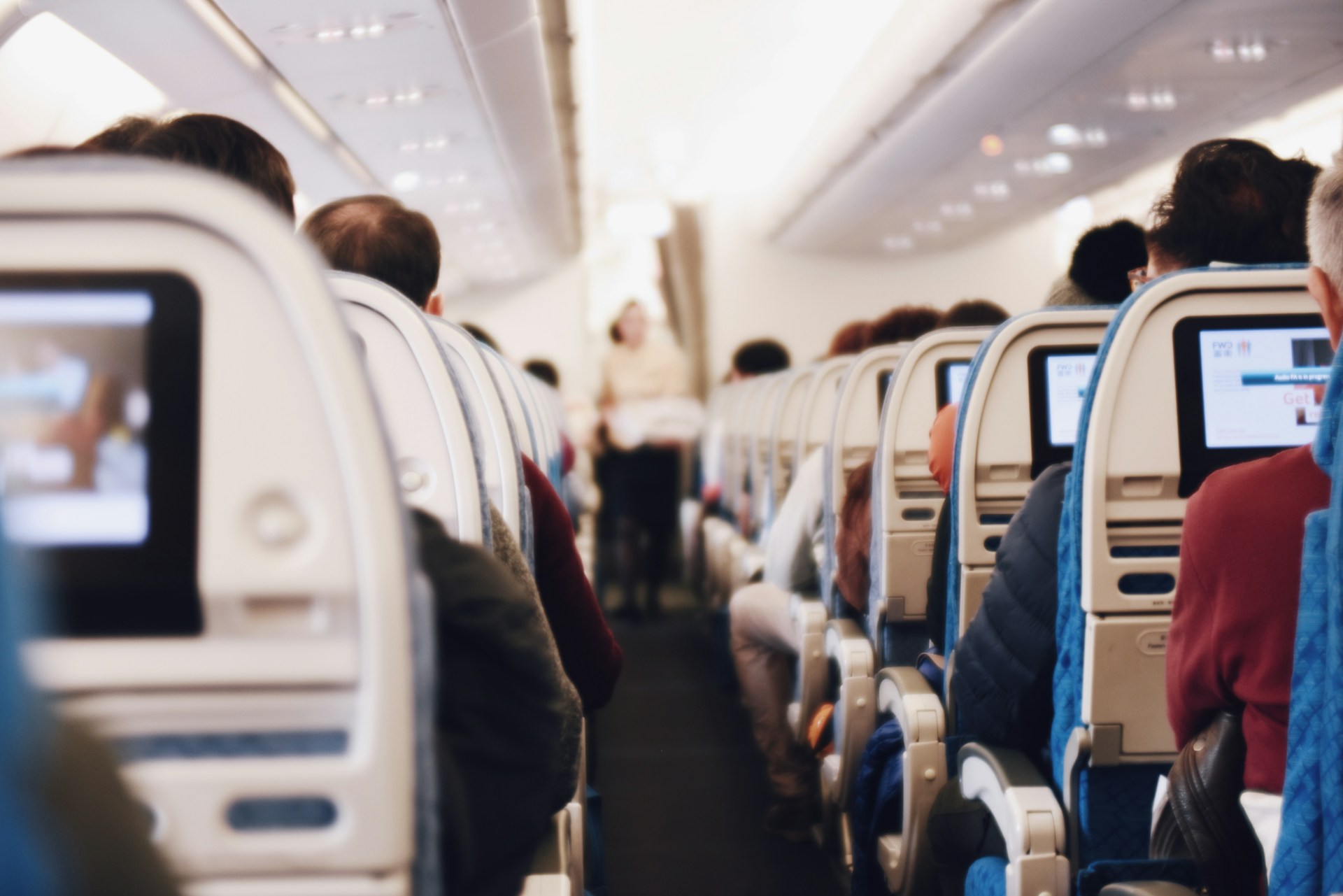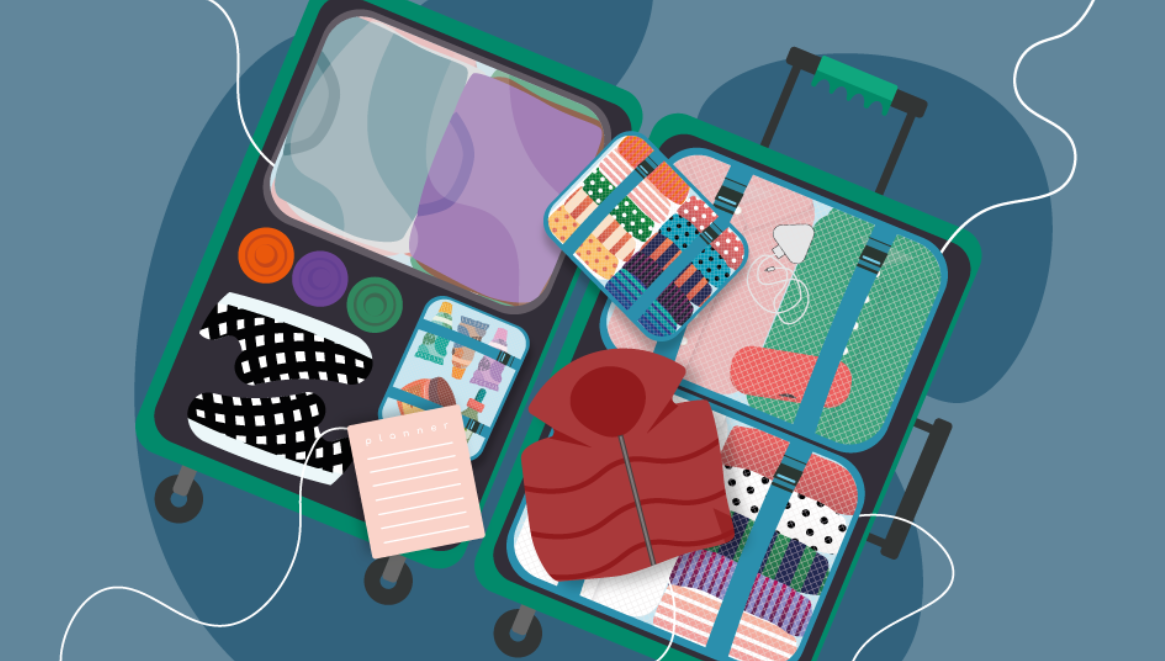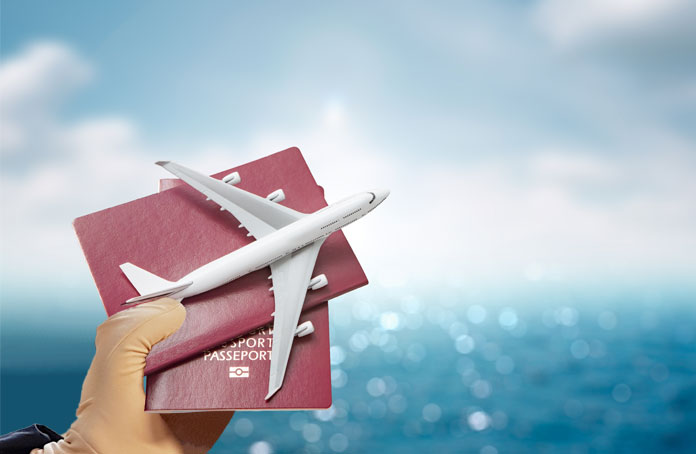Whether you travel abroad to play golf frequently, or you’re about to do it for the first time, it’s important to protect your clubs when they’re likely to get thrown into the cargo hold.
Here’s our complete guide on protecting your golf clubs while you’re flying, and a rundown of what each airline’s golf equipment policy is, just in time for the 2019 Masters!
[table id=57 /]
1) Get the Best Protection with a Hard Case
A hard case is always the best option if you want absolute protection when travelling by air.
Your clubs will be as safe as possible from those heavy-handed baggage handlers and form any turbulence in the air, as hard cases are designed to take a beating or two.
It’s also worth noting that many airlines won’t guarantee the safety of your golf clubs unless they’re in a hard case, and the same goes for insurance policies paying out.
However, they do make your clubs awkward to handle, so you’ll definitely be in need of meet and greet parking rather than park and ride.
Additionally, a hard case adds on considerable weight to your checked luggage, so if you’re limited because of this you might consider an alternative…
2) Make Your Journey Easier with a Soft Case
While hard cases are undeniably good for protection, it does come at the cost of everything else, including the actual cost!
You can easily pay up to £300 for a good quality hard case, whereas a soft case is a fraction of that price.
It’s also a lot easier to get to and from the airport with, and won’t add on a drastic amount to your luggage weight limit.
One important recommendation is to purchase a golf club protector. This simple tool is longer than your driver and slips into the bag, taking the shock of any unfortunate drops.
However, do bear in mind that airlines and insurance policies don’t look as kindly on soft cases if anything does go wrong.
3) Pack in More Than Just Clubs
If you’re making the effort to bring a huge golf club bag or case with you, you should take advantage of this extra storage.
Pack in as many jumpers, towels and coats as possible into your golf bag.
Not only are you using all that extra space up in your bag that was free anyway, but you’re also adding an extra layer of protection to your clubs so they’re not banging against each other in transit.
And if you’ve got space left over, you can fit in plenty of gifts on your return journey!
4) Get a Direct Flight Where Possible
If at all possible, try to ensure you get a non-stop flight to your destination.
Direct flights are always a little less stressful anyway, but the benefits are huge when you’re lugging around lots of expensive golf clubs.
The more connecting flights you have to get, the more times baggage handlers are moving your golf clubs, so it just makes sense to limit the amount of movement they have to do.
A direct flight means that they’re handled once when you board and once when you arrive at your destination, and you’ll be able to check them over as soon as possible.
5) Check Your Insurance
You might assume that your travel insurance covers your golf equipment, but this isn’t a sure thing!
It is essential that you thoroughly examine your insurance documents and, if necessary, take out a sports specific policy which will insure your goods in the event that they are damaged, lost or stolen.
And remember to take photos of your golf clubs before you fly so that if the worst does happen, you have evidence to send to your insurance provider!
Got any other tips for travelling with golf gear? Let us know!


